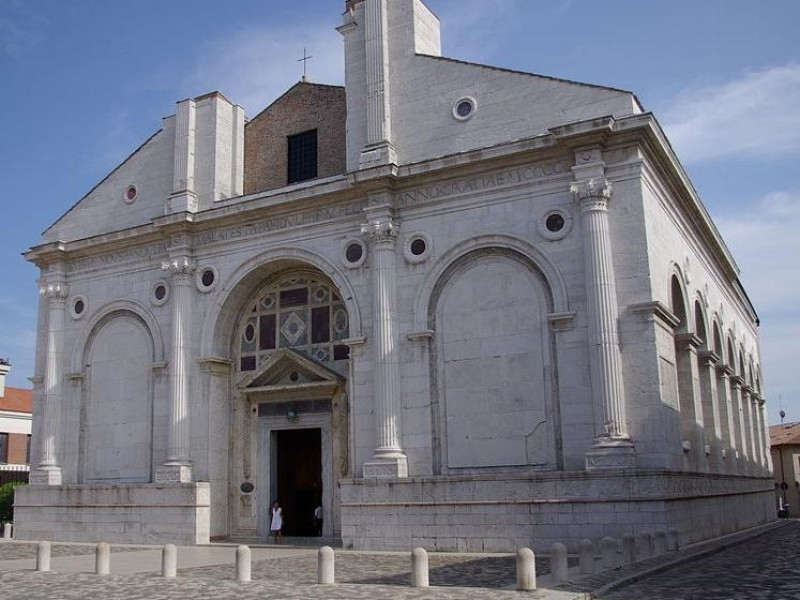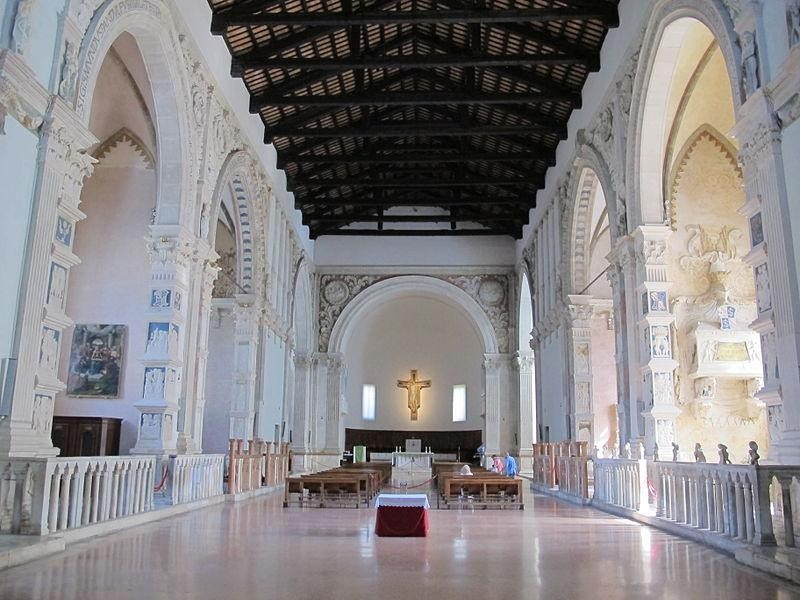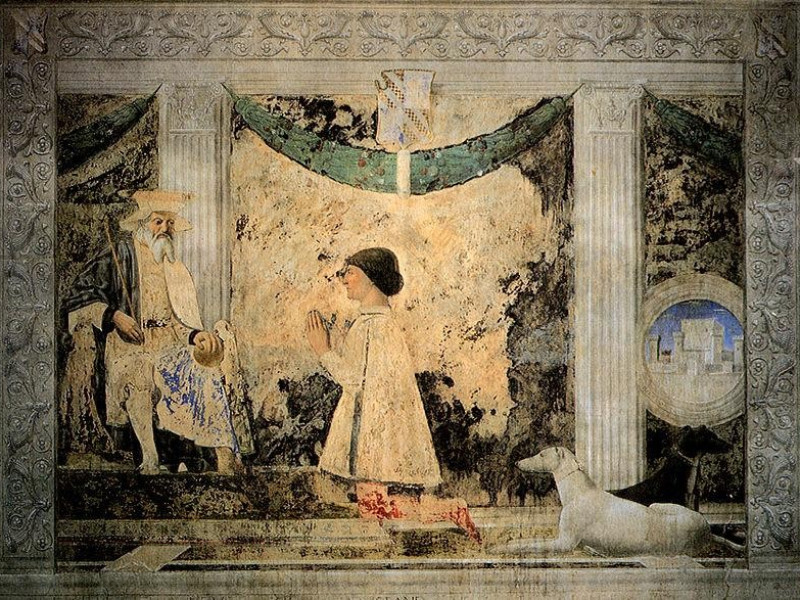Tempio Malatestiano (Duomo)
Completely renovated under the lordship of Sigismondo Pandolfo Malatesta, with contributions from artists like Leon Battista Alberti, Matteo de' Pasti, Agostino di Duccio and Piero della Francesca, it is the key work of Rimini Renaissance, as well as one of the most significant of Italian Renaissance. Under the rule of Sigismondo Pandolfo Malatesta, in 1447, it was built a chapel dedicated to St. Sigismund, patron saint of the buyer, who wanted this building as his tomb and huge monument celebrating his lineage through pagan iconography: the name Temple from here, maximum expression of refined neo-Platonic and idealistic culture. During the Second World War the building suffered a lot of damage, so as to exclaim to Ezra Pound, in his Canto LXXII, "burned Rimini and destroyed Forli". The exterior was designed by Leon Battista Alberti, a few years after the start of work inside. The marble casing, unfinished, provided in the lower part of a tripartite facade with arches framed by composite columns and a pediment at the top with bow at the center. The arc absence makes the facade instead a simple gabled medieval element. The sides are composed of a sequence of arches on pillars inspired by Colosseum and Arch of Augustus. The interior was kept a single hall, adding some deep side chapels framed by pointed arches. Just as in a pagan temple, six side chapels are named after Liberal Arts, Zodiac, Children's Games, Sibyls and Prophets. Two other chapels are dedicated to the tombs of Sigismondo (Chapel of Virtues) and Isolde (Chapel of Angels). Complex thematic and aesthetic references intersect between opposing chapels.



